Technology continues to redefine the way industries manage their operations. In particular, automation and the Internet of Things (IoT) have become essential for streamlining industrial processes and collecting real-time data, providing companies with significant competitive advantages.
Adopting IoT in Energy Infrastructure: A Strategic Direction for the Future
The growing demand for sustainable energy and the efficient management of resources are transforming energy infrastructure into one of the most dynamic fields for IoT technology deployment.
The integration of sensors and monitoring systems into distribution networks enables operators to quickly detect losses, optimize flows, and prevent critical failures before they affect end users.
Across Europe, the digitalization of energy and utility infrastructure has become a strategic priority, driven by the pressure to reduce emissions, manage increasingly complex networks, and meet stricter sustainability requirements. Western and Northern European countries are heavily investing in smart grids, advanced SCADA platforms, and IoT-based telemetry solutions.
In Central and Eastern Europe, including Romania, a rapid catch-up process is underway, supported by EU funding and the urgent need to modernize outdated infrastructure. An increasing number of utility operators are adopting flexible smart metering platforms that enable automated meter readings and predictive consumption analysis. Solutions that are compatible with existing infrastructure, easy to implement, and backed by specialized technical support are preferred over rigid, maintenance-intensive systems. In this context, providers that can deliver scalable, energy-efficient, and easily integrable technologies are gaining ground and becoming key partners in Europe’s energy transition.

Benefits of Automation and IoT in Industry
Implementing automation and IoT solutions brings tangible benefits:
• By continuously transmitting operational data through the IoT network, equipment can be monitored in real time, and AI algorithms can detect maintenance needs in advance. As a result, downtime can be reduced by up to 50%.
• Increased operational efficiency – Implementing Industrial IoT solutions enables process automation and operational optimization, contributing to overall productivity improvements.
• Reduction of human errors – The use of sensors and automated systems helps minimize the risk of human-related errors and increases accuracy in industrial processes.
Evidence and Use Case
A remarkable example in the utilities sector is Veolia, which is redefining the way urban infrastructure is monitored and optimized through its digital platform, Hubgrade.
Hubgrade functions as an intelligent command center that integrates IoT sensors, real-time data analytics, and operational expertise to efficiently manage water, energy, and waste networks.
Key Takeaways from Benchmark Projects
Implementations carried out by companies such as Veolia highlight a fundamental principle in industrial digitalization: the true value of technology lies in its ability to be effectively integrated into existing operational processes. More than simply acquiring sensors or software platforms, success depends on how these tools are used to support decision-making, optimize resources, and reduce risks.
The flagship projects analyzed reveal several essential directions for successful industrial process digitalization.
First, modular and scalable architectures are needed—those that can expand rapidly and efficiently in response to project dynamics. Then, real-time data access becomes critical for implementing predictive analytics and enabling timely technical interventions before a malfunction impacts operations.
Additionally, the ability to simulate and virtually test operational scenarios offers a significant competitive edge, greatly reducing risks during the implementation phase.
Equally important, continuous technical support and applied expertise play a critical role both during the initial configuration and throughout the operation and maintenance of intelligent systems.
These strategic directions underscore the need for reliable, flexible solutions that are easy to integrate and supported by partners who understand real-world challenges in the field.
Homplex: Driving Efficiency Through Easy-to-Integrate Solutions
In this context, the solutions developed by Homplex are perfectly aligned with the current needs of energy and utility infrastructures seeking digitalization through smart technologies—without introducing unnecessary complexity into operational processes.
Homplex’s smart metering solution enables easy connection to meters and wirelessly transmits consumption data to an intuitive software platform, eliminating the need for manual readings and significantly reducing the risk of errors. The associated monitoring platform is available both in the cloud and on-premises, offering technical operators quick access to advanced visualization, analysis, and alert features.
The solutions are designed to integrate seamlessly into both infrastructure projects and smart buildings, providing installation flexibility and adaptability to each project’s specific requirements.
Homplex positions itself as a technology partner rather than just a supplier, delivering solutions that support operational efficiency, mitigate risks, and enable real-time decision-making.
This approach is backed by comprehensive technical support that covers all stages—from selecting the right equipment to implementation and post-installation assistance—thereby strengthening a long-term, trusted partnership built on applied expertise and ongoing availability.
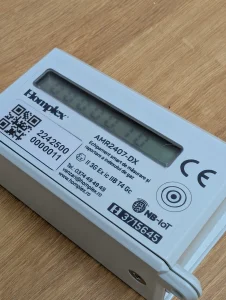
Automation and Smart Control in Residential and Commercial Environments
As IoT technologies become increasingly embedded in industrial infrastructure, their natural expansion into residential and commercial buildings is well underway.
The growing demand for enhanced comfort and predictive control is driving interest in solutions that enable intelligent monitoring and adjustment of energy consumption.
In this regard, modern temperature control systems contribute to improved energy efficiency by adapting settings based on user behavior and environmental conditions.
At the same time, these solutions are increasingly easy to integrate into existing home automation ecosystems or commercial control networks, enabling interoperability and centralized management.
The importance of intuitive interfaces and stable connectivity is rising, as users seek quick access to data and the ability to act remotely, in real time. Equipment reliability, ease of installation, and the availability of prompt technical support remain essential criteria in selecting control solutions.
In a landscape where energy costs and sustainability requirements are becoming more pressing, the ability to turn data into efficient decisions is a clear differentiator—both for end users and for smart solution integrators.
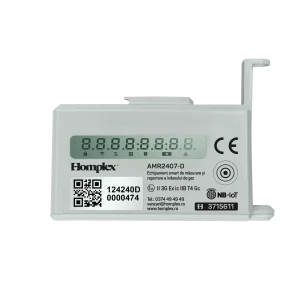
Data-Driven Decision Making
Modern industry is rapidly embracing automation and IoT to stay competitive in a dynamic and ever-evolving environment. Companies that choose to invest in these technologies benefit from significant improvements in efficiency, quality, and productivity—ensuring long-term success in the global marketplace.
Homplex supports these transformation processes with solutions designed for real-world challenges: fast delivery, hands-on technical support, and clear, comprehensive documentation. We’re involved in every stage of the project—from selecting the right solution to commissioning—drawing on our experience from dozens of successful implementations in both residential and industrial infrastructures.
If you’re exploring options for digitalizing your network, we invite you to share your project details or request a technical recommendation. We’ll get back to you with a clear, reliable, and easy-to-implement solution—because we believe a strong start is the surest path to greater efficiency.




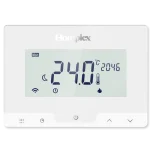







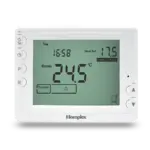

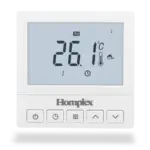


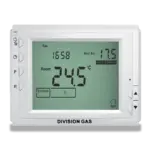







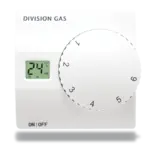

















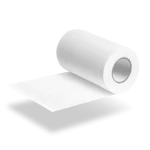
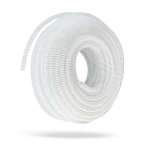
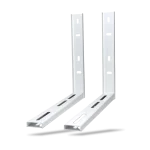

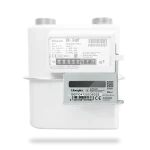
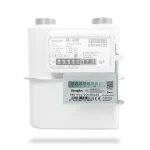

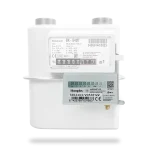














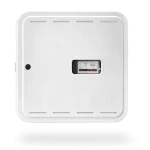
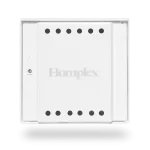







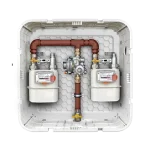






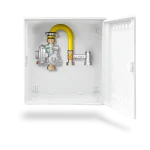
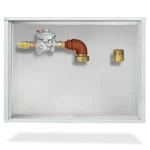
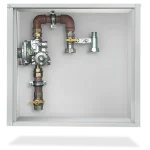
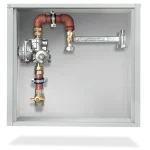




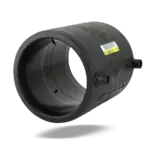














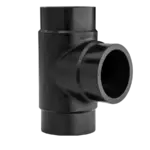













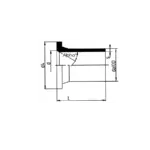















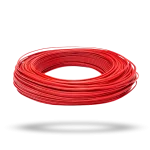

















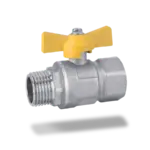


































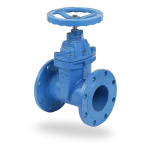
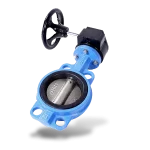
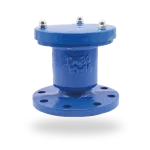
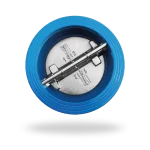
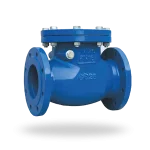
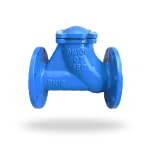
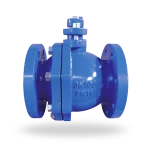
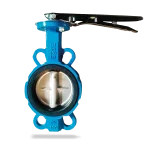
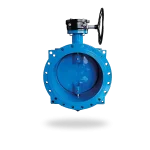
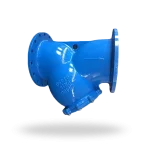
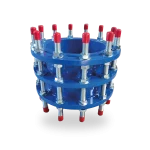


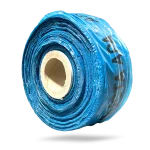
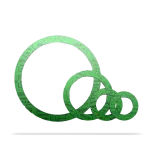
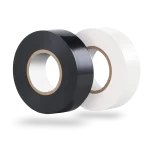
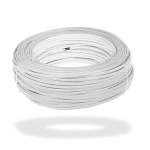
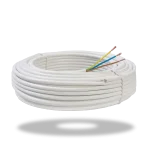
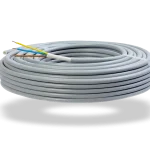
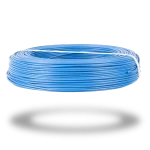
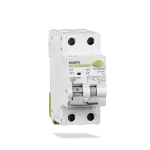
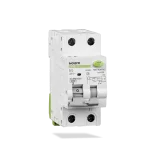
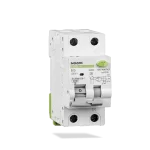
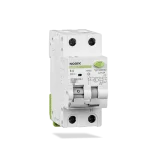
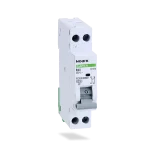
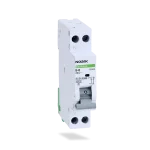
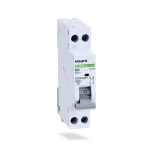
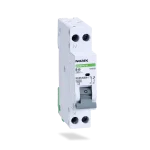
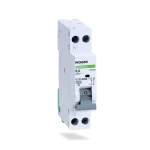
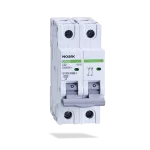
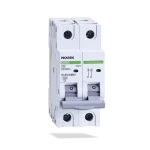



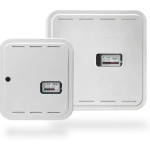




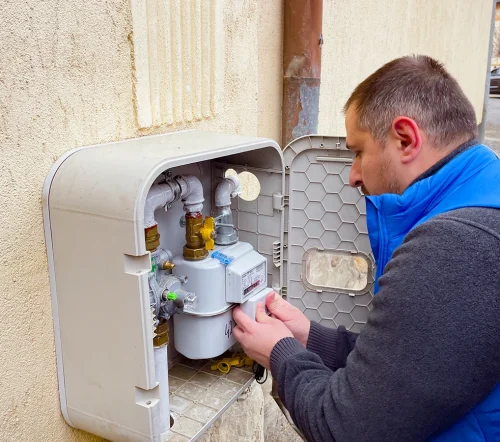
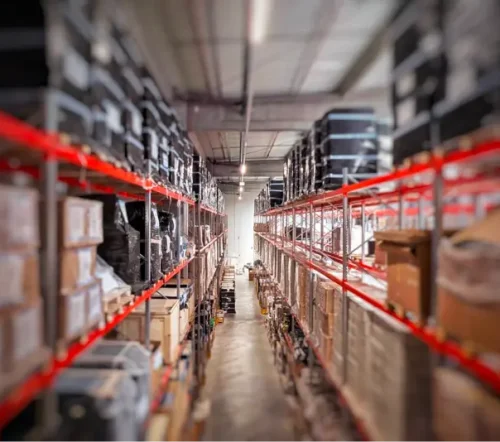

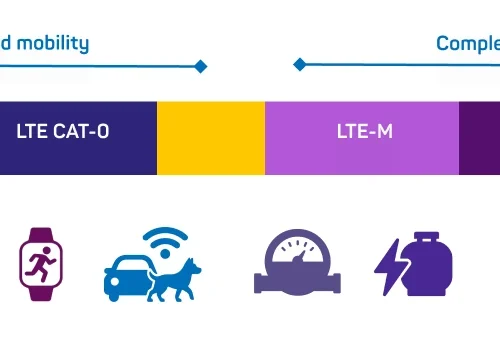
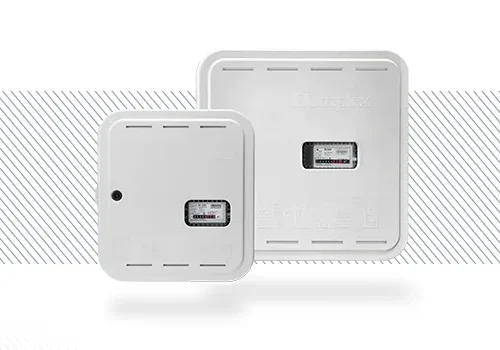


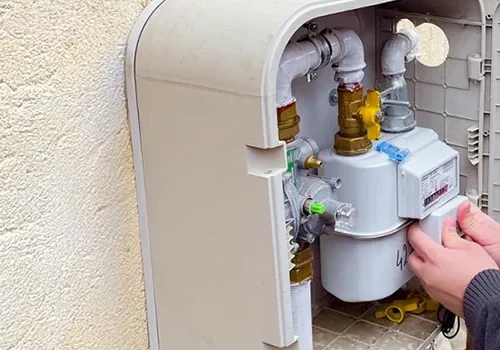

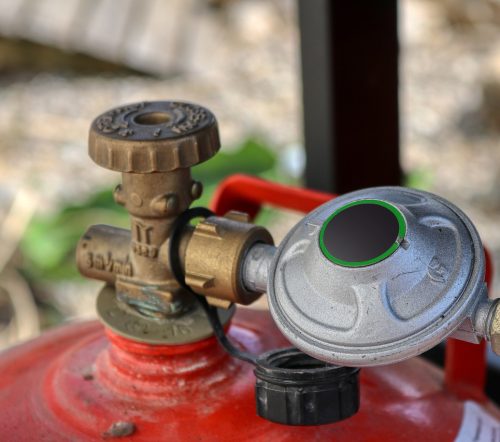
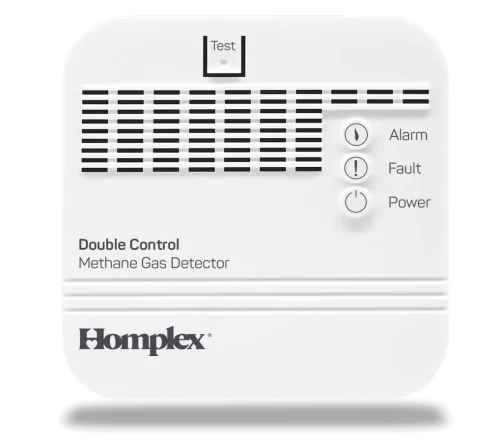



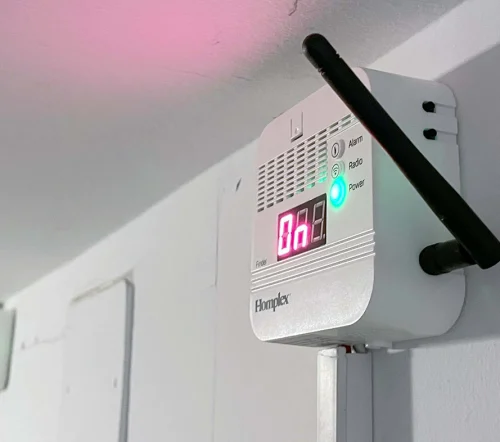






No Comments yet!